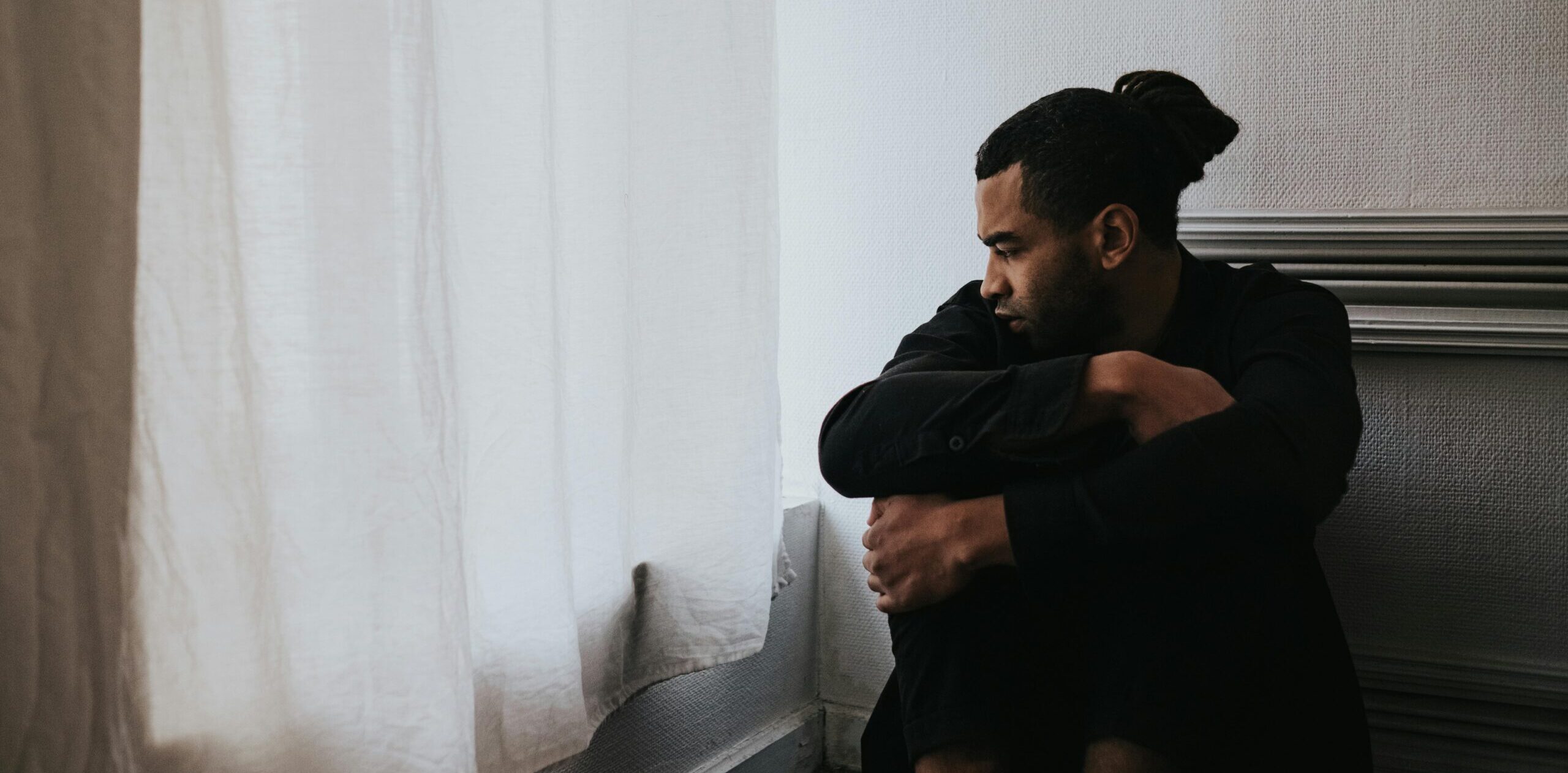Specific Phobias
Types | Symptoms | Causes | Diagnosis | Risk Factors | Complications | Treatment | prevention |
Overview-
Specific phobias are extreme, irrational fears of particular objects, situations, or sports, which includes heights, animals, or flying. These fears can cause substantial distress and cause avoidance behaviors that interfere with day by day life. Commonplace varieties of specific phobias consist of animal phobias, situational phobias (like fear of flying), and blood-injection-damage phobias. Reasons can encompass disturbing stories, genetics, or learned behaviors. Remedy generally involves cognitive-behavioral therapy (CBT), specially exposure remedy, and every so often medication to manipulate anxiety. With proper treatment, many humans can conquer or significantly lessen their phobias.

Types of Specific Phobias-
Particular phobias are regularly grouped into five classes:
- Animal Phobias: fear of specific animals or insects, which includes:
- Arachnophobia: worry of spiders.
- Ophidiophobia: fear of snakes.
- Cynophobia: worry of dogs.
- Natural environment Phobias: fear of items or occasions in nature, including:
- Acrophobia: fear of heights.
- Astraphobia: worry of thunder and lightning.
- Thalassophobia: fear of the sea.
- Situational Phobias: worry of precise situations, inclusive of:
- Claustrophobia: worry of enclosed areas.
- Aviophobia: fear of flying.
- Nyctophobia: fear of darkness.
- Blood-Injection-harm Phobias: worry of blood, harm, or clinical methods, together with:
- Hemophobia: fear of blood.
- Trypanophobia: worry of needles or injections.
- Dentophobia: worry of dental visits.
- Different Phobias: another fears that don’t match smartly into the above categories, consisting of:
- Emetophobia: worry of vomiting.
- Thanatophobia: fear of demise or dying.
- Phobophobia: worry of growing a phobia.
Symptoms-
- Bodily signs:
- Sweating, trembling, speedy heartbeat.
- Shortness of breath, dizziness, nausea.
- Tightness inside the chest, feeling faint or lightheaded.
- Emotional symptoms:
- Overwhelming fear or panic when exposed to the phobic object or scenario.
- An intense want to avoid the item or situation.
- A feel of helplessness while dealing with the fear.
- Behavioral signs:
- Avoidance of conditions where the phobic stimulus may be present.
- Going to extreme lengths to keep away from encountering the object or situation.
Causes-
- Traumatic Experience: A bad or horrifying enjoy with the feared object or situation can result in a phobia.
- Genetics: A own family history of anxiety problems might also boom the likelihood of developing phobias.
- Learned Behavior: observing others (e.G., dad and mom or friends) who have phobias can result in comparable fears.
- Mind Functioning: Imbalances in brain chemical substances, which includes serotonin and dopamine, might also make contributions to the improvement of phobias.
Diagnosis-
A diagnosis is typically made through a intellectual health professional thru:
- Scientific assessment: Assessing the intensity and duration of the worry, and its effect on the man or woman’s life.
- DSM-5 standards: the concern must be immoderate, irrational, and chronic (lasting six months or extra), and it should reason great misery or impairment in functioning.
Risk Factors-
- Age: Phobias regularly expand in youth or early adolescence.
- Circle of relatives records: human beings with near relatives who’ve tension problems may be greater vulnerable to developing specific phobias.
- Temperament: those who are certainly greater touchy or inhibited may be at higher risk.
- Trauma: A records of stressful stories, in particular regarding the scary object, can growth the danger.
Complications-
- Avoidance: Extreme avoidance of feared objects or situations can limit a person’s lifestyle.
- Impaired Functioning: Phobias can interfere with daily activities, work, or school.
- Social Isolation: Avoiding social situations or public spaces to escape fear can lead to isolation.
- Other Mental Health Issues: Phobias often co-occur with depression or other anxiety disorders.
Treatment-
- Cognitive Behavioral remedy (CBT):
- Facilitates people discover and mission bad notion patterns related to their worry.
- Slow publicity to the dreaded object or situation (publicity therapy) is often part of CBT.
- Exposure therapy:
- A scientific manner in which the individual is gradually and correctly exposed to the dreaded stimulus. Over the years, this can reduce the worry response.
- Medicines:
- Antidepressants (SSRIs): help regulate temper and anxiety.
- Benzodiazepines: quick-time period tension alleviation, however they bring about the danger of dependence.
- Beta-Blockers: help manipulate bodily symptoms of tension (e.G., coronary heart palpitations).
- Relaxation techniques:
- Practices like deep respiratory, meditation, and mindfulness can assist manipulate anxiety related to phobias.
Prevention-
- Early Intervention: figuring out and treating anxiety signs early in formative years can prevent phobias from worsening.
- Sluggish exposure: Slowly introducing worried objects or conditions can desensitize individuals to their fears.
- Building Coping talents: getting to know effective pressure management strategies can assist lessen tension.
- Social guide: Having a strong aid network can make it simpler to control fears and anxieties.
Social Anxiety Disorder (SAD) – Causes, Symptoms And Treatment.

